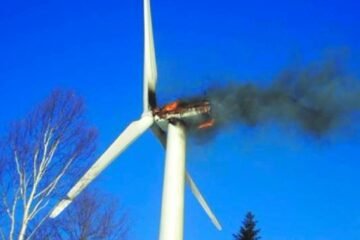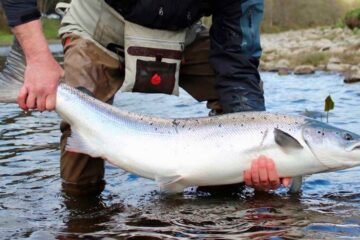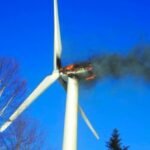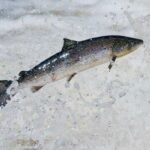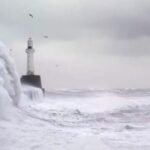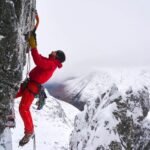Scotland has just wrapped up its quietest avalanche season in nearly four decades — and it’s not because more climbers stayed home.
The Scottish Avalanche Information Service (SAIS) reported just 42 avalanches this winter, a dramatic drop from the 172 recorded last season. It marks the lowest tally since records began nearly 40 years ago, reflecting what forecasters are calling one of the leanest snow seasons in living memory.
A Vanishing Winter
For those who live and breathe winter in the Highlands — climbers, hillwalkers, skiers, avalanche forecasters — this season felt like something was missing.
Snow.
Across the six monitored areas — Lochaber, Glen Coe, Creag Meagaidh, Torridon, and the Northern and Southern Cairngorms — snowfall was so scarce that SAIS stopped issuing daily avalanche hazard reports for several stretches of the season. That hasn’t happened in almost 20 years.
“There were days this winter where there just wasn’t enough snow to warrant a report,” said Mark Diggins, SAIS coordinator. “That’s a first in a very long time.”
To put things in perspective:
-
2023-24 season: 172 avalanches
-
2013-14 season (record): 350 avalanches
-
2024-25 season (provisional): 42 avalanches

The Leanest Season on Record
Some areas saw barely a whisper of winter.
At Creag Meagaidh, only 13 avalanches were recorded this year — down from 50 just last season. Anecdotally, it’s being called the lowest snow accumulation in more than three decades for that area.
Even iconic ranges like the Grey Corries and Northern Cairngorms — known for their snowy drama — remained largely bare through much of the winter.
Photos from Aonach Beag in April showed more exposed rock than snow. Some summits went weeks with hardly any accumulation, an unusual sight for peaks above 1,000 meters.
Risks Still Present — and Real
But a quiet season doesn’t mean a safe one.
In February, two climbers were injured in Coire an t-Sneachda, a notorious bowl in the Northern Cairngorms, when a cornice — an overhanging ledge of snow — collapsed beneath them.
And not long after, three others were caught in a human-triggered avalanche in the same area.
These incidents are reminders that even in a low-snow season, isolated hazards remain, especially on north and east-facing slopes above 1,000m, where small pockets of snow persist into spring.
“The danger isn’t just about quantity,” said an SAIS forecaster. “It’s about where the snow lies, how it bonds, and what people do when they’re on it.”
A Changing Climate in the Highlands
The sharp drop in avalanche activity raises deeper questions about what’s happening in Scotland’s mountains — and what winters might look like in the years ahead.
SAIS, which was established in 1988 with a narrow remit, has since expanded to cover the UK’s highest and most avalanche-prone regions, including Ben Nevis and Ben Macdui. Its forecasts are essential tools for mountain rescue teams and outdoor adventurers alike.
But with this year’s snowpack so thin, and with long stretches of winter feeling more like late autumn, many are now openly wondering if climate change is starting to erode the traditional winter season altogether.
-
Snowline creeping higher
-
Shorter snowfall windows
-
Fewer hazard days, but more unpredictable conditions
Culture and Safety Under Threat?
It’s not just about avalanches.
A shrinking winter means less time for ski touring, ice climbing, and winter hiking — all activities that draw thousands to the Highlands each year. Local economies in areas like Aviemore, Fort William, and the Cairngorms rely heavily on winter tourism.
It also changes how mountain rescue teams prepare. When snow is patchy and unpredictable, callouts become harder to anticipate. Risks of slips and falls on thin ice or slushy snow remain high, especially for less-experienced hillwalkers who may misread the terrain.
And for SAIS forecasters themselves, it creates new forecasting challenges — when the snowpack isn’t there, the science becomes less about depth and layering, and more about micro-conditions in isolated patches.
Looking Ahead: A Future Without Winter?
Scotland’s mountains aren’t losing winter overnight. But this season — sparse, fractured, and oddly warm — may mark a tipping point.
As SAIS begins to wind down operations for the year, attention turns to what next season may bring. Will the snow return? Will hazard levels rebound? Or will Scotland’s avalanche reports continue to shrink, year by year?
The answers may depend on forces far beyond the Highlands — and whether global warming continues to nibble away at the once-reliable patterns of snow and cold that defined Scottish winters for generations.


